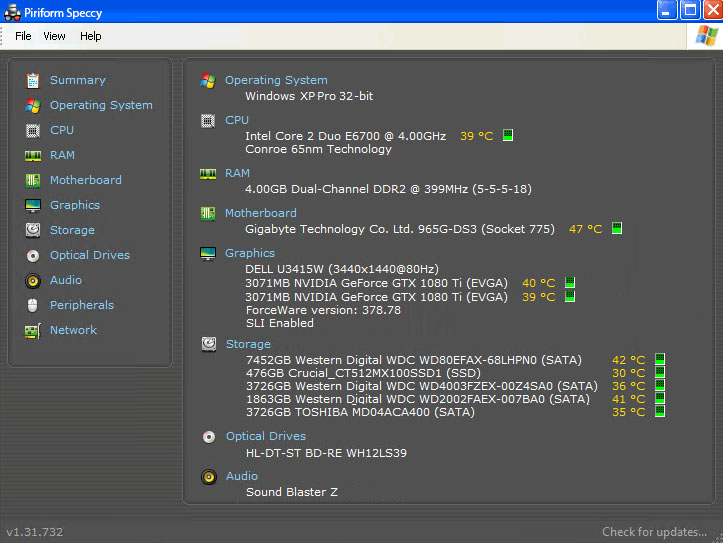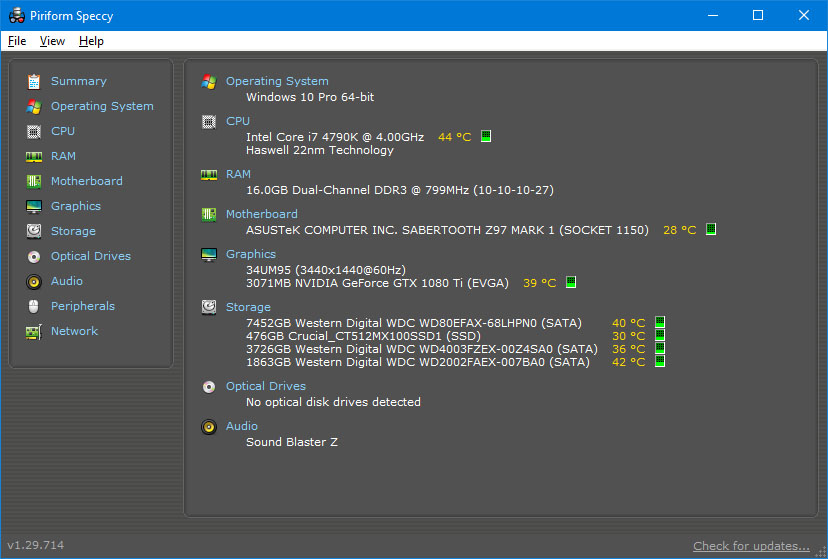DooKey
[H]F Junkie
- Joined
- Apr 25, 2001
- Messages
- 13,552
If you're running a 32-bit operating system and are using an Nvidia GPU you better start thinking about upgrading to 64-bit if you want to continue to get game ready drivers. Yes, you read that correctly. Nvidia will no longer provide drivers for 32-bit operating systems after the 390 driver release. Not a surprise to me because 32-bit is really long in the tooth and needs to die.
Driver enhancements, driver optimizations, and operating system features in driver versions after Release 390 will not be incorporated back into Release 390 or earlier versions.
Driver enhancements, driver optimizations, and operating system features in driver versions after Release 390 will not be incorporated back into Release 390 or earlier versions.
![[H]ard|Forum](/styles/hardforum/xenforo/logo_dark.png)

